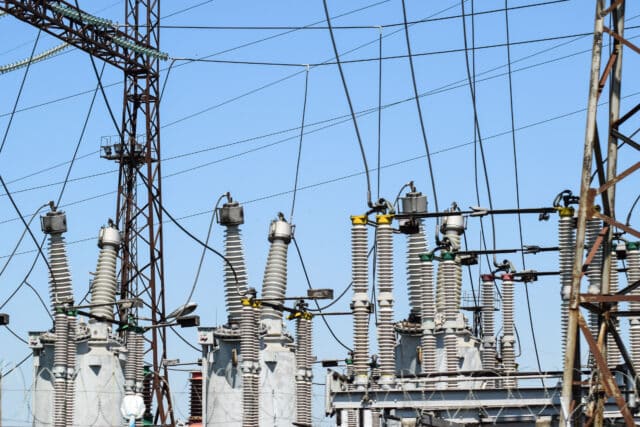meet a 10- to 20-year
load forecast
In order to meet consumer power demand and improve reliability of their facility, management at a major refinery enlisted site engineers to design, start up and commission a new 230 kV-13.8 kV 40 MVA spot network substation. The genesis of the new substation was rooted in the realization that both the existing substations reflected the design philosophy of the period and had shown signs of overloading during their service life. The project sought to provide capacity to meet a 10- to 20-year load forecast. The new substation was to utilize the following key features:
- Utilize multi-tiered relay protection with overlapping zones of backup protection.
- Incorporate microprocessor-based relays because of greater accuracy and repeatability, multiple protective functions located in one box, and the availability of communications, self-monitoring and event reporting.
- Utilize remote manual breaker controls located beyond the arc flash exposure zone within the substation building. These controls were to be used to open, close, rack in, and rack out the 13.8kV circuit breakers in the substation building.
- Install a main-tie-tie-main configuration that allowed complete power supply isolation for maintenance access. The tie was designed to operate in the closed position to improve the substation reliability and limit single points of failure.
- Implement a redundant relay design providing equipment isolation that is limited to a single zone of protection during a potential relay failure.
- Utilize a 230kV half ring bus configuration to improve the reliability of the electrical transmission system.
The design, construction and testing of the substation had to be rigorous and methodical. The client required seamless implementation of the startup, as a functional failure in a main electrical substation could result in equipment damages far exceeding the initial cost outlay of the substation. Delays would result in a significant financial and environmental impact.
A Layered Approach
MSB Consulting Engineers & Associates (MSB) was engaged to ensure that the startup, commissioning and operation of the substation was executed with as little interruption as possible. The management directive was to complete a “flawless” startup to avoid a costly functional failure of the substation, which could easily result in damage that would exceed the initial costs of the substation.
Planning, implementation and adaptability are critical to a successful project. For this reason, a procedural-based, layered approach to substation startup and commissioning was developed. MSB was part of a team consisting of specialists, site engineers, utility engineers, consultants and a project manager. The start-up team was comprised largely of members not involved in the original planning and design, thus providing an opportunity for a fresh set of eyes to verify that the system would perform as desired prior to proceeding with factory testing and startup.
MSB developed detailed test procedures and checklists that were compiled from manufacturer drawings, refinery test procedures, industry test procedures and team members’ individual experience. These procedures and checklists detailed the processes for factory acceptance tests and site checkout and commissioning, which included tests for:
- Circulating current – to verify directional relay settings and CT polarities
- Secondary current injection – to test relay operation
- Primary current injection – to simulate faults and verify CT connections
- Primary voltage injection – to simulate faults and verity PT connections
- Bolted ground fault – connecting a conductor between phase and ground on a resistance grounded system to test the ground system protective relaying
- Load simulations – using test sets to simulate actual load conditions
- Functional simulations – to verify the multi-tiered relay protection logic would operate as intended
.
Flawless Implementation
MSB helped the client startup, commission, and operate a grass roots substation that met the core goals of safety, reliability, and increased load capacity and equipment protection.
The startup was implemented in phases and load was successfully added to the substation without power outage to the unit, minimizing facility exposure.
As planned, the startup was flawlessly implemented, due in large part to MSB Consulting Engineers’s commitment to methodical and thorough review, testing and documentation processes. After the substation was checked out and commissioned, MSB developed detailed operating procedures for each piece of equipment in the substation.
With the enhanced capacity and a thoroughly tested new substation with accurate drawings and procedures, the company subsequently transferred additional units to the new substation, reducing load on existing antiquated substations and improving reliability.



